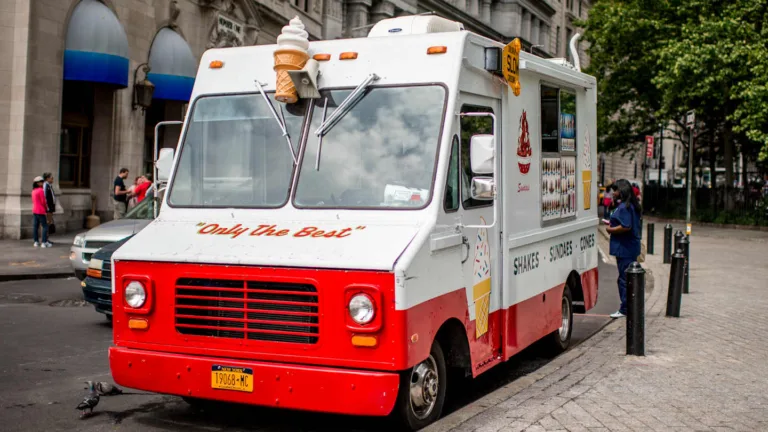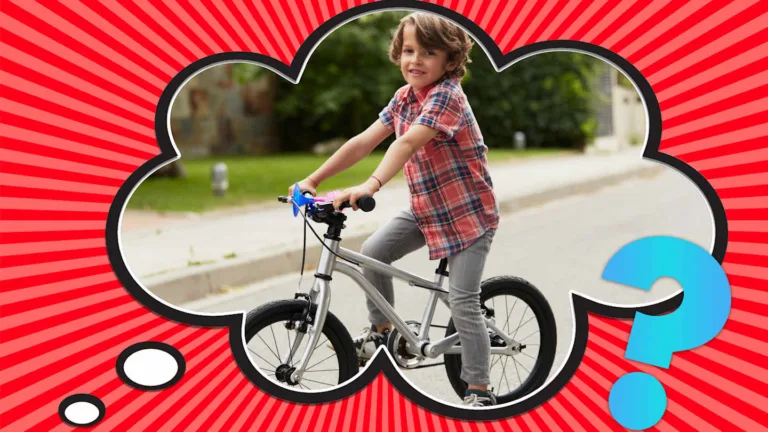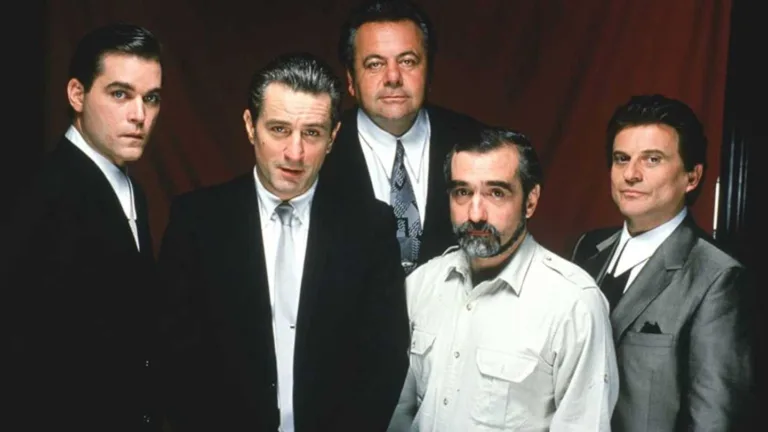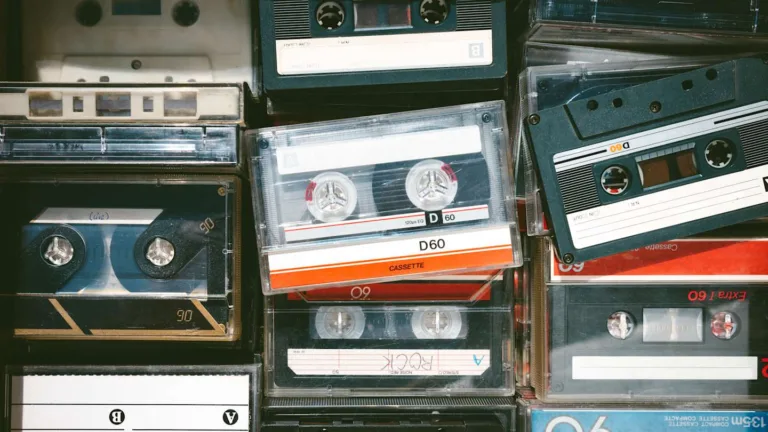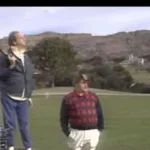The Teenage Mutant Ninja Turtles are a cultural phenomenon, beloved by generations worldwide for their Quirky Personalities, Martial Arts Prowess, and cheesy one-liners. But have you ever stopped to wonder about the origin of their Most Iconic catchphrase?
“Cowabunga!” This battle cry, uttered with enthusiasm by Michelangelo and subsequently adopted by fans everywhere, has become synonymous with excitement, camaraderie, and all things Tmnt. Yet, its journey from a children’s television show to an animation classic is surprisingly intricate, weaving together unexpected threads of pop Culture History.
Before the Turtles graced our screens, “cowabunga” existed in a far different context. It first emerged as “Kowabonga” on the popular children’s program “Howdy Doody” in the 1950s, uttered by the beloved Chief Thunderthud. This early iteration set the stage for the phrase’s evolution, showcasing its potential to capture youthful exuberance and excitement.
From Howdy Doody to The Surf’s Up
The seeds of “cowabunga’s” Transformation From Children’s television catchphrase to pop culture phenomenon were sown on the beaches of California in the 1960s. Surfers, drawn to its energetic and playful nature, embraced “Kowabonga” As Their Own, transforming it into a celebratory expression of stoke and excitement. This association with surfing added a layer of coolness and rebelliousness to the phrase, aligning it with youth culture’s counter-Establishment Attitude.
By the time David Wise, writer for the groundbreaking 1987 Teenage Mutant Ninja Turtles animated series, Came Across “cowabunga,” its evolution was already underway. It had traversed from children’s entertainment into the realm of surfing slang and gained a certain cool factor. Wise, recognizing its potential to perfectly capture Michelangelo’s carefree and enthusiastic personality, incorporated it into the character’s dialogue.
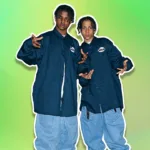 Kris Kross Backwards Clothes: A 90s Fashion Revolution
Kris Kross Backwards Clothes: A 90s Fashion RevolutionThis move proved to be a stroke of genius. “Cowabunga,” uttered by the beloved pizza-Loving Turtle, resonated with audiences both young and old, solidifying its place in pop culture history as synonymous with the Teenage Mutant Ninja Turtles.
Cowabunga: A Catchphrase is Born
The 1987 animated series became a cultural phenomenon, catapulting “cowabunga” into the mainstream lexicon. Its association with the Turtles’ Adventurous Escapades, humorously portrayed battles against Shredder and his Foot Clan, and their undeniable charm cemented its status as a catchphrase. It wasn’t just relegated to TV screens; “cowabunga” Spread Like Wildfire Through Merchandise, Video Games, and even comic books.
It became a battle cry for fans, a way to express excitement, camaraderie, or simply celebrate the Turtles’ unique brand of heroism. The phrase transcended generations, becoming a nostalgic reminder of childhood for many who grew up with the series. This widespread adoption solidified “cowabunga” as more than just a silly word; it became a symbol of the Teenage Mutant Ninja Turtles themselves, Representing Their Playful Spirit, Unwavering Loyalty, and dedication to fighting for good.
Its influence even extended beyond the Tmnt universe. Movies and other media would occasionally borrow “Cowabunga,” acknowledging its cultural significance and widespread recognition.
Teenage Mutant Ninja Turtles Embrace the Term
The Teenage Mutant Ninja Turtles’ embrace of “cowabunga” wasn’t just a matter of using a catchy phrase; it became deeply intertwined with their identity and resonated with audiences. The Turtles themselves seemed to embody the spirit of the word—joyful, energetic, always ready for action, and unafraid to have a little fun along the way.
Michelangelo, in particular, was synonymous with “cowabunga.” His enthusiastic use of the phrase perfectly captured his carefree personality and love for life. Whether celebrating a successful pizza feast, pulling off a daring move during a battle, or simply enjoying a moment of camaraderie with his brothers, Michelangelo’s “cowabunga” became an instant classic. It was a joyful exclamation that encapsulated everything that made the Turtles so beloved—their sense of humor, Their Unwavering Friendship, and their dedication to fighting for what’S Right.
This iconic phrase solidified its place in popular culture as a symbol of the Teenage Mutant Ninja Turtles, representing their unique blend of action, humor, and camaraderie. It became a battle cry for fans, a way to express excitement, and a nostalgic reminder of childhood adventures with these beloved heroes in a half-shell.
Evolution and Legacy of “Cowabunga”
The legacy of “cowabunga” Continues To Evolve Even Today. While it remains deeply ingrained in the Tmnt universe and instantly recognizable As Their Signature Catchphrase, later iterations of the franchise have playfully referenced or even avoided using it, acknowledging its iconic status while exploring new avenues for expression. This demonstrates a clever understanding of how beloved cultural touchstones can be both celebrated and reinterpreted over time.
Despite these attempts at evolution, “cowabunga” has cemented its place in popular culture as a timeless symbol of the Teenage Mutant Ninja Turtles. It transcends generations, reminding us of the joy of adventure, the power of friendship, and the importance of always fighting for what’s right – all embodied in four pizza-loving turtles with a passion for justice. Its enduring popularity is a testament to its simple yet powerful message that resonates with audiences worldwide.
Whether you’re a lifelong fan or a newcomer to the world of the Turtles, “cowabunga” Instantly Transports You To Their universe—a place where heroes never quit, pizza is always on the menu, and fun reigns supreme. It’s a reminder that even in the face of danger, there’s always room for laughter, camaraderie, and a healthy dose of “cowabunga!”
Cowabunga: An Enduring Symbol
The phrase’s Journey From Its Origins As “Kowabonga” on Howdy Doody to its mainstream adoption by the Teenage Mutant Ninja Turtles is a testament to its Enduring Power. It’s a word that captures a sense of playful enthusiasm, a joyful exclamation that celebrates victory, camaraderie, and the simple pleasures in life. This versatility has allowed “cowabunga” to transcend its association with a specific franchise and become a recognized part of popular culture lexicon.
Even today, decades after its initial rise to fame, “cowabunga” continues to be used in various contexts, often as a nostalgic reference to childhood memories or a lighthearted way To Express Excitement. It’s a reminder that some things never truly go out of style. The enduring popularity of “cowabunga” speaks volumes about its ability to connect with people on a fundamental level—Its Simplicity, Its Positive Connotations, and its capacity to evoke a sense of fun and camaraderie.
It serves as a testament to the power of words to transcend time and become ingrained in our Collective Cultural Memory. The Teenage Mutant Ninja Turtles may Have Popularized “cowabunga,” but its enduring legacy extends far Beyond Their Universe, reminding us that sometimes, the simplest phrases can resonate most deeply with our shared human experience.



